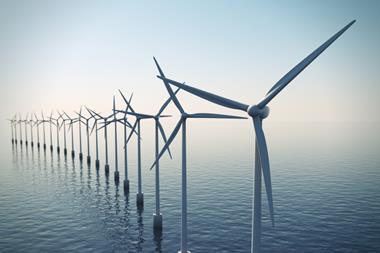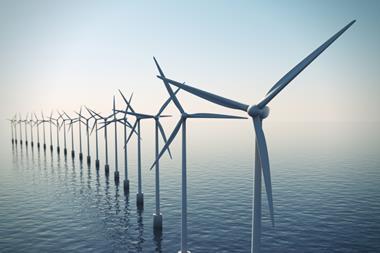PKA is to step up its engagement with heavy users of coal and will divest companies – where coal is responsible for as little as 25% of their revenues – if plans to reduce reliance are not put in place.
The DKK235bn (€31.5bn) Danish pension provider said the new policy was an escalation of an approach, announced last year, which saw it engage with companies drawing 50-90% of revenue from coal.
In a complementary approach, PKA will also begin engaging with companies drawing more than half their revenue from tar sand projects.
Peter Damgaard Jensen, chief executive at PFA, said the provider’s decision to divest 31 coal companies had already boosted returns, as the stocks in question declined 70% since divestment.
He compared this with a 7% return from offshore wind holdings over the same period.
“It clearly shows our climate strategy to increase green investment while phasing out coal investments has been right from both an economic and a climate point of view,” he said.
The fund has invested in wind farms since 2011 and recently was joined by Kirkbi, parent company of LEGO Group, in acquiring a stake in a wind farm from Dong Energy.
The decision to expand the engagement criteria below the 50% coal revenue threshold will see an additional 53 companies added to PKA’s list.
Of the new additions, the majority are utilities providers, while eight are mining firms.
PKA has already launched a dialogue with nine of the 23 companies identified in 2015 and said four had already put in place policies to reduce reliance on coal.
One company has been placed on a watch list, while a further four have been divested.
Damgaard Jensen said the success with four of the nine companies proved the value of active ownership, and the provider said it would now start engaging with the remaining companies it had identified.
Peabody Energy bankruptcy
The pension provider’s announcement coincided with the world’s largest listed coal company, Peabody Energy, filing for chapter 11 bankruptcy in the US.
A statement by the firm cited the “unprecedented industry downturn” as its reason for the filing, but investors seized on the bankruptcy to argue that carbon-intensive industries would no longer be viable if the increase in global temperatures were to be limited to 2° C.
Adam Swersky, chair of the £670m (€915m) London Borough of Harrow Pension Fund, said the bankruptcy was a reminder that environmental, social and governance risks needed to be taken into account.
“We have known for some time that some carbon-intensive assets are unlikely to be viable in a 2 degree climate change scenario,” he said.
“Trustees must challenge fund managers to put this type of assessment at the heart of their investment strategies.”
Luke Sussams, senior analyst at the Carbon Tracker Initiative, added that the bankruptcy was the most significant signal to date that the coal market was “nearing a structural decline”, while Julian Poulter of the Asset Owners Disclosure Project argued that investors for too long had ignored warnings over coal holdings.
“Whilst commodity prices played a major role in Peabody’s demise, so too did the climate stigma,” he said.
“There can be no excuse for investors now not to reshape their entire industry to account for the systemic risk posed by climate change.”
However, Tom Sanzillo, director of finance at the US-based Institute for Energy Economics and Financial Analysis, said the bankruptcy was down to Peabody’s inability to adapt to energy markets where coal was being disrupted by newer energy sources.
He argued that the coal industry was not “dead” but needed to focus on greater innovation through smaller markets and fewer mines.












No comments yet